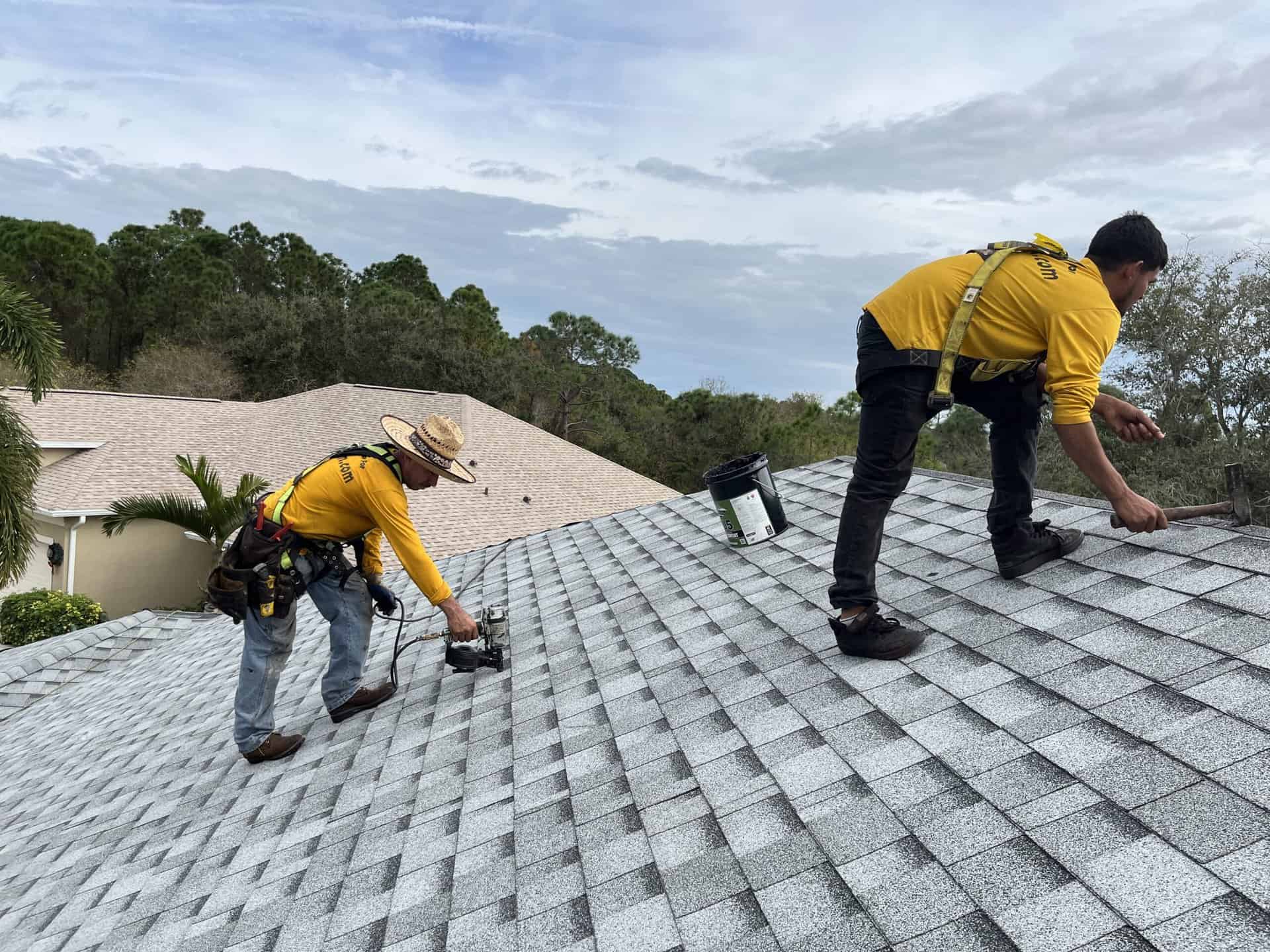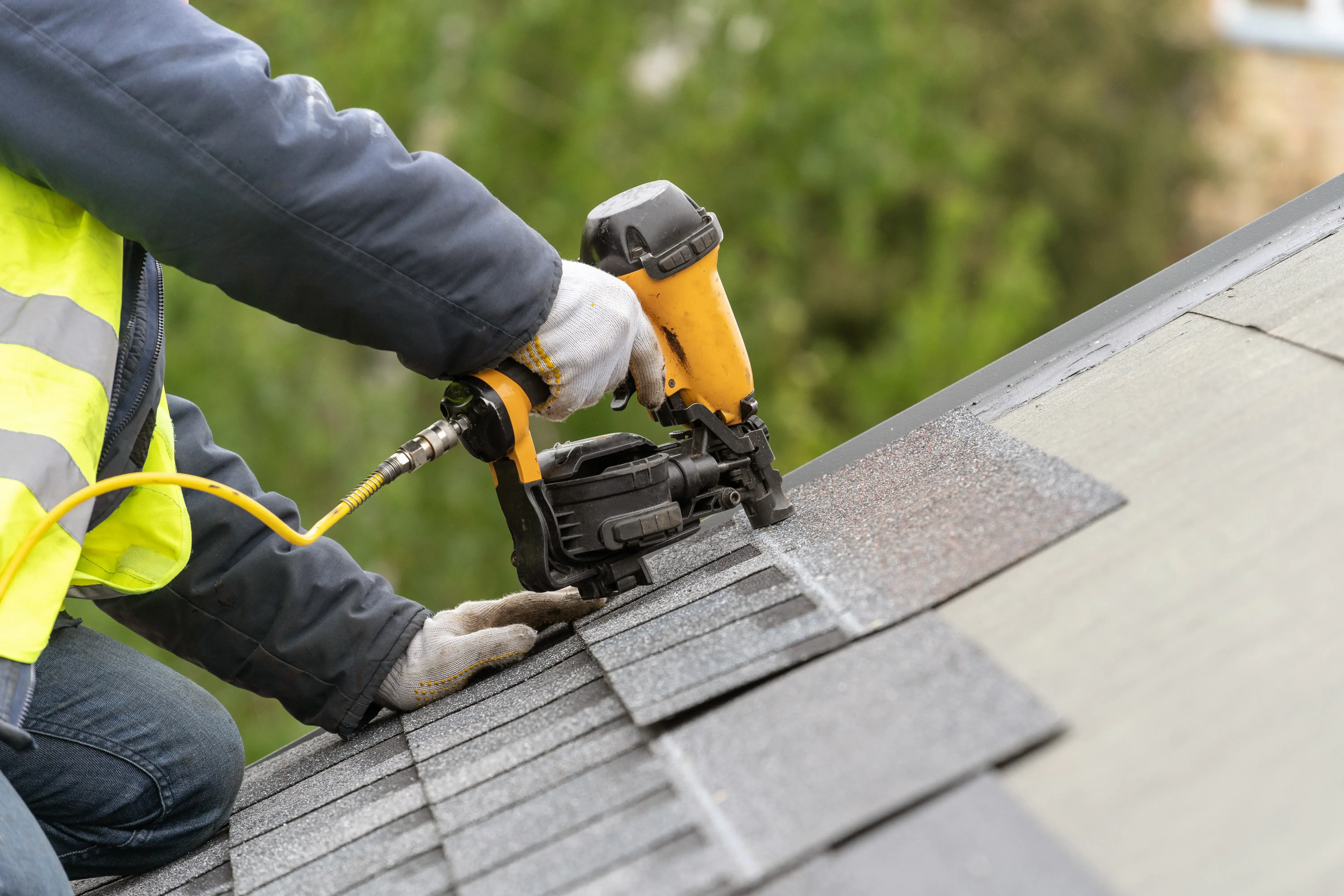Protect Against Expensive Repair Work with Normal Cleveland Heights Roof Maintenance Inspections
A Comprehensive Overview to the Installation Process of a Skylight Roofing
The installation of a skylight roofing system is a complex process that requires precise preparation and implementation to make sure optimum efficiency and aesthetic appeal. This guide will certainly lay out the important steps entailed, from choosing the appropriate skylight type to the necessary devices and materials required for an effective installment. Comprehending the subtleties of architectural integrity and waterproofing is paramount, as these variables directly affect the long life of your skylight. As we explore each stage, it ends up being clear that focus to detail is not merely useful however necessary for attaining a seamless assimilation of natural light into your room.

Understanding Skylight Kinds
When taking into consideration a skylight installation, it is necessary to comprehend the different types available, each made to satisfy various aesthetic and practical requirements. One of the most typical kinds of skylights include dealt with, vented, tubular, and operable models.
Fixed skylights are non-opening systems that serve primarily to supply all-natural light and boost indoor spaces. Skylight Installation in Cleveland Heights. They are perfect for locations where ventilation is not an issue. Vented skylights, on the other hand, feature a device that permits them to open up, promoting airflow and minimizing humidity levels. These are particularly helpful in kitchen areas or shower rooms.
Tubular skylights are compact and created to catch sunlight through a tiny dome on the roof covering, directing it down a reflective tube right into the home. This type is valuable for smaller sized locations or spaces that call for extra light without jeopardizing ceiling elevation. Finally, operable skylights combine both all-natural light and ventilation, making them versatile in numerous settings.
Each skylight type uses one-of-a-kind benefits, and the choice depends on variables such as the intended use of the room, regional environment, and building style. Therefore, recognizing these choices is essential for making an informed decision.
Planning For Installation
Picking the ideal kind of skylight is simply the beginning; ample prep work for setup is crucial for making sure a successful job. Before starting the setup process, it is vital to analyze the architectural honesty of the roof covering where the skylight will certainly be installed. This entails checking for any kind of indications of damages, such as rot or leakages, which might lead and compromise the installation to future problems.
Following, it is necessary to plan the area of the skylight carefully. Take into consideration aspects such as sunshine exposure, potential blockages (like trees or neighboring structures), and the overall appearances of the space. Noting the location plainly will aid in imagining the result and aid protect against errors during installation.
In addition, evaluating regional building regulations and obtaining necessary authorizations is critical to make certain conformity with laws. This action will certainly aid prevent possible penalties and guarantee the security and legality of the setup.
Tools and Materials Needed
A successful skylight installment requires a specific set of materials and tools to make certain precision and effectiveness throughout the procedure. Essential tools include a measuring tape, degree, circular saw, and energy blade, which are vital for exact measurements and cutting. A drill and suitable drill little bits are required for creating holes for installing brackets, while a hammer and nails or screws are required for securing the skylight in position.
The skylight device itself have to be picked based on the size and type appropriate for the roof. Roofing cement and caulking are additionally needed to offer extra waterproofing around the skylight edges.
Safety and security tools, such as handwear covers, goggles, and a hard hat, need to not be ignored to secure versus possible hazards during the setup. Tarps or go down fabrics can be advantageous to capture particles and secure the interior of the area listed below. Collectively, these tools and products lay the structure for a successful skylight installation.
Step-by-Step Installment Refine
Successfully mounting a skylight involves a systematic approach that guarantees both performance and aesthetic appeals. Begin by noting the wanted area on the ceiling, ensuring it straightens with the structural components of the roofing. Next off, cut an opening that represents the measurements of the skylight framework, taking treatment to stay clear of any kind of electrical wiring or plumbing.
Once the opening is prepared, mount flashing around the border to divert water away from the skylight. This is vital for avoiding leakages. Setting the skylight into the opening, ensuring it rests flush with the roofline. Protect it in area using nails or screws, according to the supplier's specifications.
Following, use roofing concrete along the edges from this source of the skylight and around the flashing to create a watertight seal. Install the interior trim to cover any type of revealed sides and to offer a completed appearance inside the home. Inspect the installment for any kind of voids or imperfections that can lead to leaks. Correctly checking the skylight makes certain resilience and boosts its aesthetic allure, giving a gorgeous resource of natural light for many years to come.
Settling and Preserving Your Skylight
After the installment of your skylight is complete, it's vital to cover up the process by guaranteeing that all finishing touches are used and proper upkeep regimens are developed. Begin by evaluating the exterior and interior seals for any spaces or disparities that could bring about leakages. Proper sealing is crucial for the long life of your skylight.
Following, tidy the glass surface with a mild, non-abrasive cleaner to maintain clarity and improve natural light infiltration. Prevent harsh chemicals that might damage the structure or seals. Consistently inspect for debris build-up around the skylight, as this can result in water drainage concerns and may need regular cleaning.
Develop a maintenance routine, preferably every 6 months, to assess the condition of the skylight. Search for indicators of wear, consisting of deterioration internet of seals or frame products. If you discover any concerns, address them quickly to stop additional damages.
Conclusion

The setup of a skylight roofing system is a complex process that calls for thorough planning and execution to make sure optimum performance and visual allure.Selecting the ideal type of skylight is simply the beginning; adequate prep work for installment is important for making certain an effective job.A successful skylight setup requires a details collection of devices and materials to make sure precision and efficiency throughout the procedure.After the installment of your skylight is complete, it's necessary to cover up the process by making certain that all ending up touches are used and appropriate maintenance routines are Read More Here developed. Ensuring structural integrity, appropriate blinking setup, and a watertight seal are important for the skylight's performance and durability.